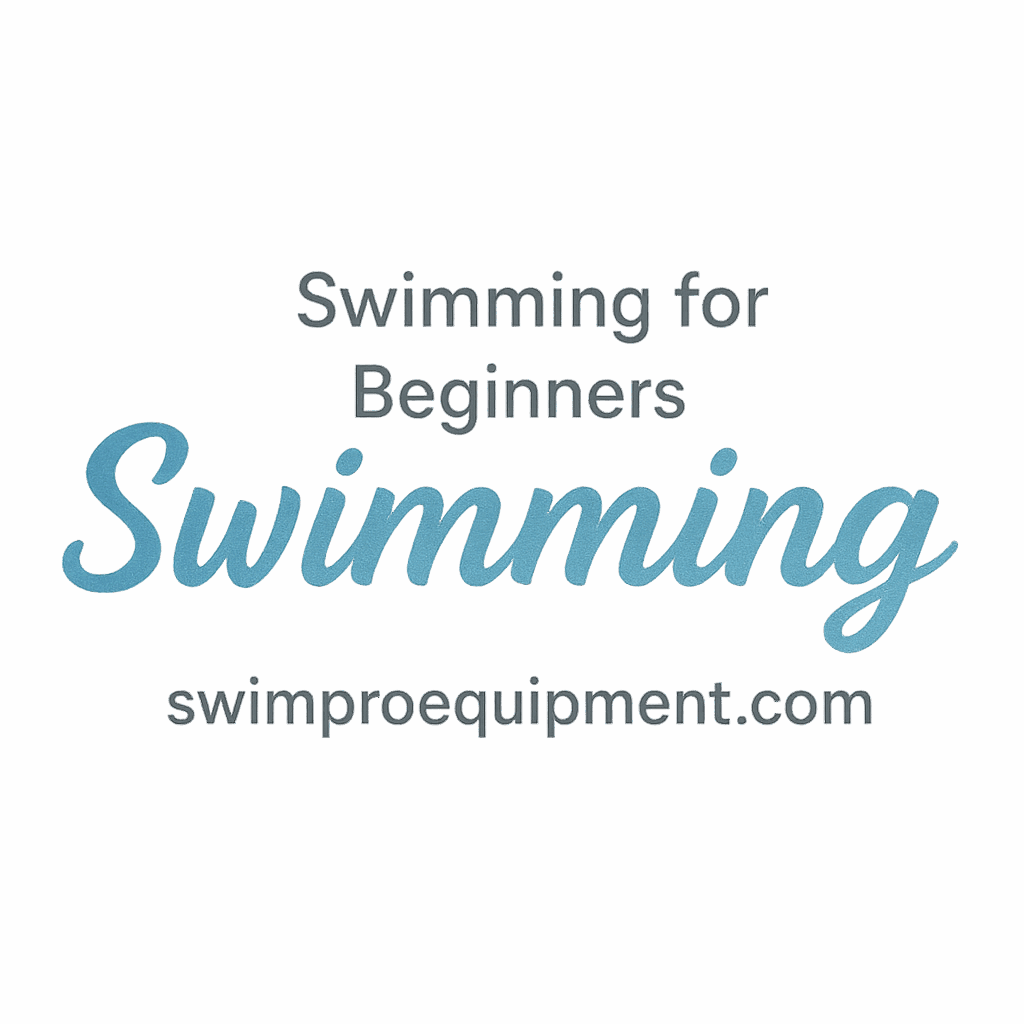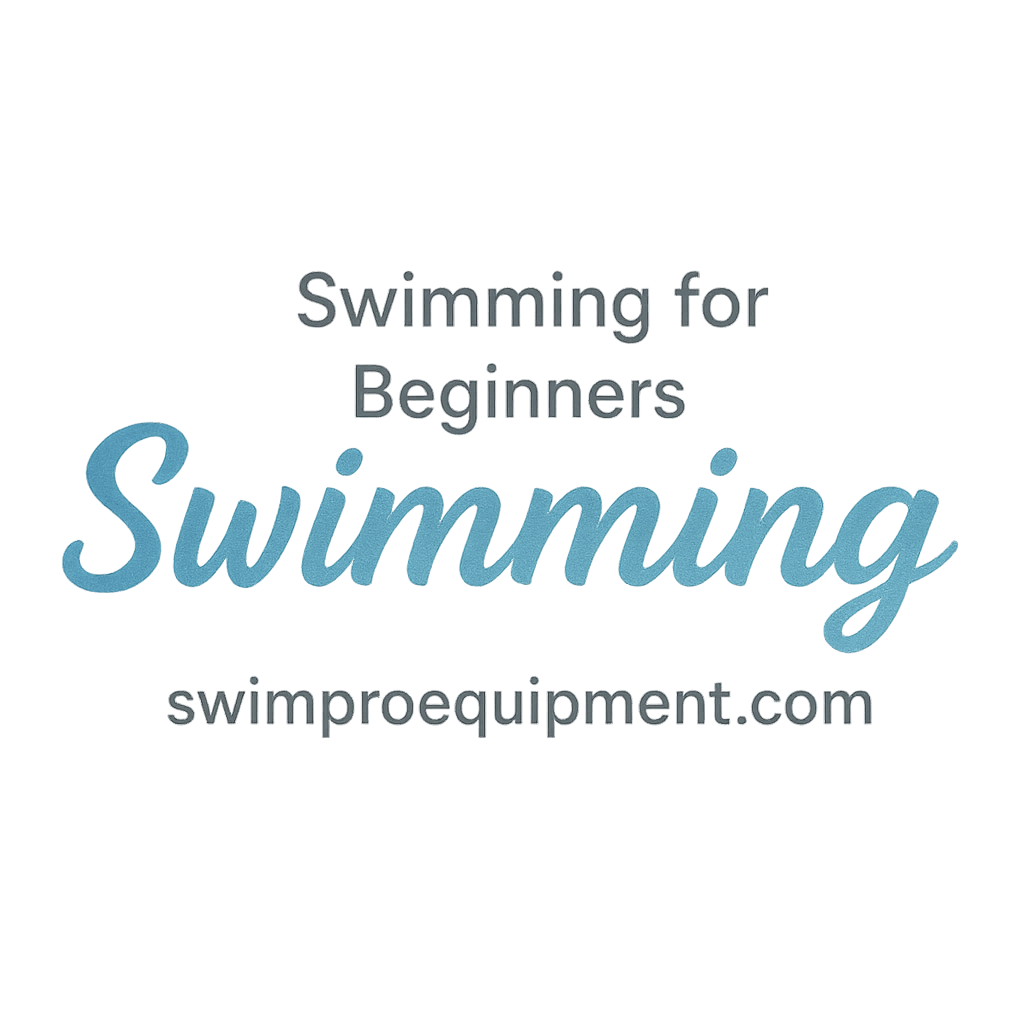Diving into the world of swimming can feel like a splash of cold water—refreshing but overwhelming. If you’re new to the pool, understanding the fundamental swimming strokes will give you the confidence and technique to glide through the water like a pro.
In this guide, we’re breaking down the 10 essential swimming strokes beginners should learn, packed with easy-to-digest tips, internal resources to improve, and everything you need to become a stronger swimmer.
Why Learning Different Swimming Strokes Matters
Boosts Technique and Confidence
Each stroke teaches different movement mechanics, helping you master body balance, breathing, and timing. By learning multiple strokes, you become more adaptable and efficient in the water.
Explore more on swimming basics and techniques to strengthen your skills.
Prepares for Competitive Swimming and Endurance
Competitive swimmers often use different strokes to conserve energy and maximize speed during races. Even if you’re not heading to the Olympics, knowing them boosts endurance and cardiovascular health.
Helps With Safety and Water Survival
Understanding a range of strokes ensures you’re prepared for unexpected situations in open water. Some strokes, like sidestroke or backstroke, are key to survival swimming.
Learn more about swimming safety and health.
1. Freestyle (Front Crawl)
What Is Freestyle?
Freestyle, also known as the front crawl, is the most popular and fastest swimming stroke. It’s all about alternating arm movements and flutter kicks while rotating your body and breathing to the side.
Explore more training workouts for beginners to practice this stroke.
Key Techniques
- Keep your body streamlined.
- Pull water with cupped hands.
- Breathe every 3 strokes to stay balanced.
Common Beginner Mistakes
- Lifting your head too high to breathe.
- Over-kicking or bending knees.
- Poor body rotation.
Tag improvements: technique, body position, training
2. Backstroke
How Backstroke Helps Your Technique
Swimming on your back helps you work on posture and alignment without the pressure of sinking. It’s a graceful stroke with alternating arm movements and flutter kicks.
Arm Movement and Breathing
- Extend arms backward, pinky entering first.
- Keep your face above water—breathe normally.
- Focus on hip-driven rotation.
Check out progress for swim learners to measure your backstroke growth.
3. Breaststroke
Easy to Learn, Hard to Master
Breaststroke is beginner-friendly but requires finesse. It mimics a frog kick and sweeping arm movement under water.
Body Position & Kick Tips
- Keep your head low during glide.
- Don’t let your legs splay out.
- Focus on rhythm: pull, breathe, kick, glide.
Related tags: improvement, essentials

4. Butterfly Stroke
A Powerful Stroke for Advanced Control
Butterfly is a high-energy stroke used for explosive speed and upper-body strength. It’s rhythmic, stylish, and super challenging.
Timing & Coordination Essentials
- Move both arms together in a windmill motion.
- Perform dolphin kicks with core strength.
- Perfect for advanced swimmers looking to refine technique.
5. Elementary Backstroke
The Relaxed Beginner Stroke
If freestyle or butterfly feels too intense, elementary backstroke is a peaceful choice. Both arms and legs move symmetrically, like making a snow angel in water.
Why It’s a Great Starter
- Doesn’t require face-in-water breathing.
- Helps build endurance and muscle memory.
- Perfect for beginners learning timing.
6. Sidestroke
Ideal for Lifesaving and Endurance
Sidestroke is your go-to in survival situations. It uses a scissor kick and a pulling arm, allowing you to conserve energy.
Glide and Pull Basics
- One arm pulls while the other rests.
- Great for towing objects or people.
- Maintain a horizontal body position.
Tag: safety, safety gear
7. Trudgen Stroke
A Classic Stroke That Mixes Styles
Named after English swimmer John Trudgen, this stroke mixes freestyle arms with a scissor kick—offering power and speed.
What Makes Trudgen Unique
- Combines speed and rhythm.
- Efficient for long-distance swimming.
- A great transition stroke for beginners wanting to explore variations.
8. Dog Paddle
Great for Building Water Comfort
Think of this as your first instinctive move in water. While not efficient, it’s excellent for beginners and children.
Teaching Kids the Basics
- Keeps the head above water at all times.
- Helps develop coordination and breath control.
- Leads naturally into freestyle.
9. Combat Side Stroke (CSS)
Used by the Military for a Reason
Developed by Navy SEALs, CSS is an advanced sidestroke variant designed for speed and stealth.
Energy Efficiency in Motion
- Combines scissor kick with arm strokes and body rotation.
- Saves energy during long swims.
- Ideal for advanced beginners ready for a challenge.
10. Survival Backstroke
Built for Long-Distance Floating and Rescue
Survival backstroke is your chill-out, float-friendly stroke. It’s perfect for staying afloat in open water with minimal effort.
Stroke Details and Benefits
- Simple simultaneous arm and leg movement.
- Ideal for fatigue recovery and open water scenarios.
- Teaches endurance, rhythm, and safety.
Tag: injury prevention
Essential Swimming Tips for Beginners
Start With the Right Equipment
Don’t skimp on gear. A good pair of goggles, swim cap, and proper swimsuit can change everything. Explore swimming gear and equipment to get started right.
Tags: equipment, essentials
Warm-Ups and Cool Downs
Always warm up with dynamic stretches and short laps. Cool down to help your body recover and prevent injury.
Tag: warm-up
Track Your Progress Consistently
Using a swim log or tracking app helps you set goals and celebrate small wins. See more on tracking progress.
Conclusion
Mastering swimming strokes isn’t just about being faster—it’s about feeling confident, safe, and efficient in the water. Whether you’re dog paddling for the first time or exploring the elegance of butterfly, each stroke is a step toward progress.
Want to keep swimming forward? Dive deeper into tips, gear, workouts, and safety insights with our resources at SwimPro Equipment. Happy swimming!
FAQs
1. What is the easiest swimming stroke for beginners?
Breaststroke or elementary backstroke are generally the easiest due to their relaxed pace and simplicity.
2. How long does it take to learn all 10 swimming strokes?
It varies, but consistent practice over 2–3 months can help you gain a basic understanding of all strokes.
3. Is dog paddle considered a real stroke?
Yes, especially for beginners and children—it’s a foundational movement that builds comfort in the water.
4. What stroke is best for long-distance swimming?
Freestyle and sidestroke are both excellent for endurance due to their efficiency.
5. Do I need special equipment to practice these strokes?
Basic gear like goggles, swim caps, and fins can greatly improve comfort and performance. Check this guide on gear.
6. Can I learn these strokes on my own?
Yes, but guidance from a coach or tutorial can speed up the learning process and help avoid bad habits.
7. How do I track my swimming improvement?
Keep a swim journal or use tracking devices. See our motivation and tracking tips to stay inspired.


